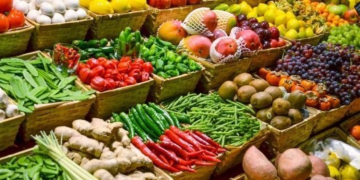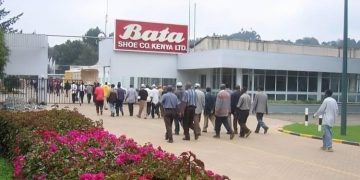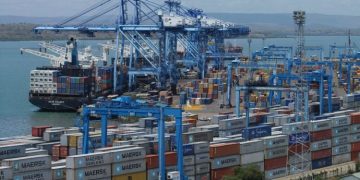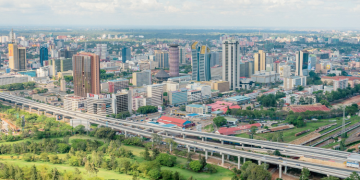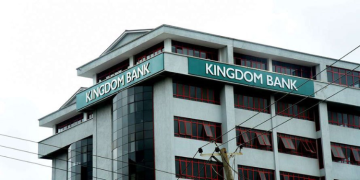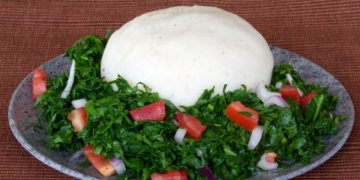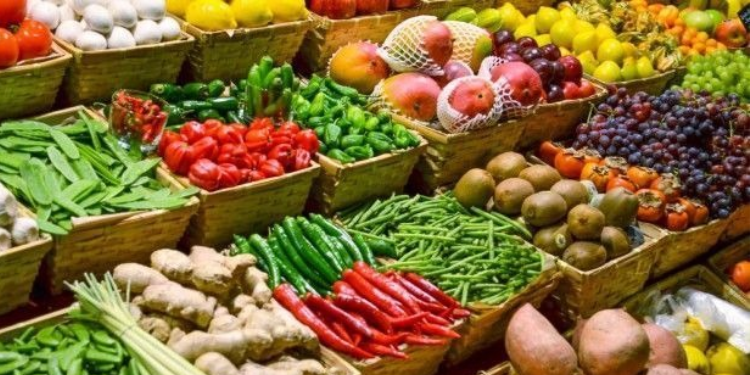Prices of everyday food commodities are expected to fluctuate in the month of October, according to the Central Bank of Kenya’s (CBK) latest report.
According to the CBK Agriculture Outlook 2025, prices of green maize and tomatoes are expected to increase, largely due to seasonal factors.
In contrast, prices of spinach and kale (sukuma wiki) are likely to ease as the October–December short rains boost the supply of fast-growing fresh vegetables.
This seasonal shift is expected to help moderate overall food price pressures, even as weather patterns continue to shape market dynamics and influence household spending.
“For instance, the prices of green maize and tomatoes are expected to increase in line with seasonality, while the prices of spinach and kale-sukuma wiki are expected to moderate in October 2025,” read part of the report.
“This is expected with the onset of the October-December rain which will support fast-growing fresh vegetables.”
CBK on Inflation Outlook and Price Hikes
The September 2025 survey further revealed that inflation expectations over the next three months remain evenly balanced — with 51 percent of respondents expecting inflation to increase, while 49 percent expect it to either decline or remain unchanged.
Those anticipating an increase pointed to uncertain rainfall patterns and higher production costs as likely triggers for future price hikes.
Also Read: Soaring Fast Food Prices Are Causing Adults to Switch to Kids Meals, Study Says
On the other hand, respondents expecting stable or lower inflation cited a relatively low inflation environment, steady pump prices, a stable exchange rate, and anticipated bumper maize harvests in key food basket regions as factors that could keep prices in check.
“Respondents who expected inflation to either decline or remain unchanged cited the moderately low inflation environment, stable pump prices, stable exchange rate and bumper harvests in food basket areas particularly maize, as possible factors that could lead to price declines or unchanged price outcomes,” read part of the report.
Overall, the survey reflected a cautious optimism, with analysts noting that continued stability in fuel prices and the exchange rate may help contain inflationary pressures through the end of the year.
However, they warn that any disruption in rainfall or resurgence in global commodity prices could drive inflation upward in the final quarter of 2025.
Also Read: Relief for Kenyans as Sugar, Maize Flour, and Gas Prices Shift
Factors Influencing Retail and Wholesale Prices
The CBK report identified transport costs and distance to markets as the most significant factors affecting retail and wholesale prices of food items across the country.
According to the report, 95 percent of respondents cited transport costs as the main driver of retail prices, while 83 percent pointed to the distance between production areas and markets as a major influence on food pricing.
The cost of labour also emerged as a key determinant, highlighted by 79 percent of respondents as a factor contributing to overall price variability.
Rising fuel costs and poor road infrastructure in some regions continue to push up transport expenses, which are often passed on to consumers.
Similarly, long distances between rural production zones and urban markets increase handling and storage costs, further raising retail prices.
The survey noted that managing these structural challenges — particularly through improved transport infrastructure and more efficient supply chains — could play a crucial role in stabilizing food prices and easing cost-of-living pressures for households.
Follow our WhatsApp Channel and X Account for real-time news updates.



